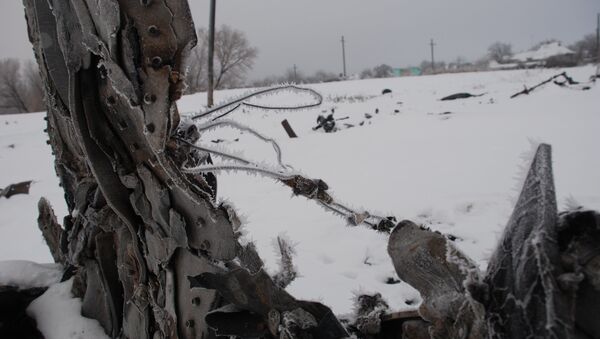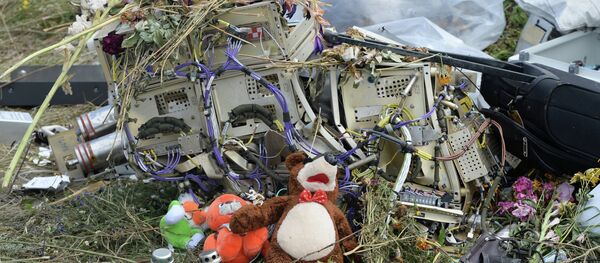MOSCOW (Sputnik) — The Dutch Safety Board (DSB), tasked with investigating the Malaysia Airlines flight MH17 crash in eastern Ukraine, will visit Kiev on Wednesday to "finalize the investigation," according to a statement issued by the board on Tuesday.
Last week, DSB published a final report on its investigation, in which it found that the Malaysian passenger plane crashed as a result of a ground-to-air missile explosion near its left side. The organization said an additional forensic investigation would be needed to establish the exact location from where the missile was launched.
“Now that the final report has been published, a delegation from the Dutch Safety Board will be in Kiev on Wednesday 21 October to finalize the investigation,” the statement reads.
DSB added that following the publication of its report, it informed 85 embassies in The Hague about the results of the investigation.
According to the DSB report, the MH17 aircraft was shot down using a Russia-produced Buk surface-to-air missile system. The organization said the missile could have been fired from anywhere within an area of 320 square kilometers (123 square miles) in eastern Ukraine.
Almaz-Antey, the Russian arms manufacturer that builds Buk missile systems, conducted a separate probe into the crash, which found that the missile that hit the plane could only have been launched by a Buk system located in the region of Zaroshchenske, controlled by Kiev forces at the time of the incident.
Meanwhile, Deputy Head of Russia's Federal Air Transport Agency, Rosaviatsia, Oleg Storchevoy, said that the version of events according to which the Malaysian airliner was shot down using a Buk missile system was not final.
According to Storchevoy, the Dutch-led investigation team refused to allow Russia access to the Buk fragments allegedly found at the MH17 crash site or disclose their serial numbers, while some photographs that have emerged of the missile fragments raise further doubts.



